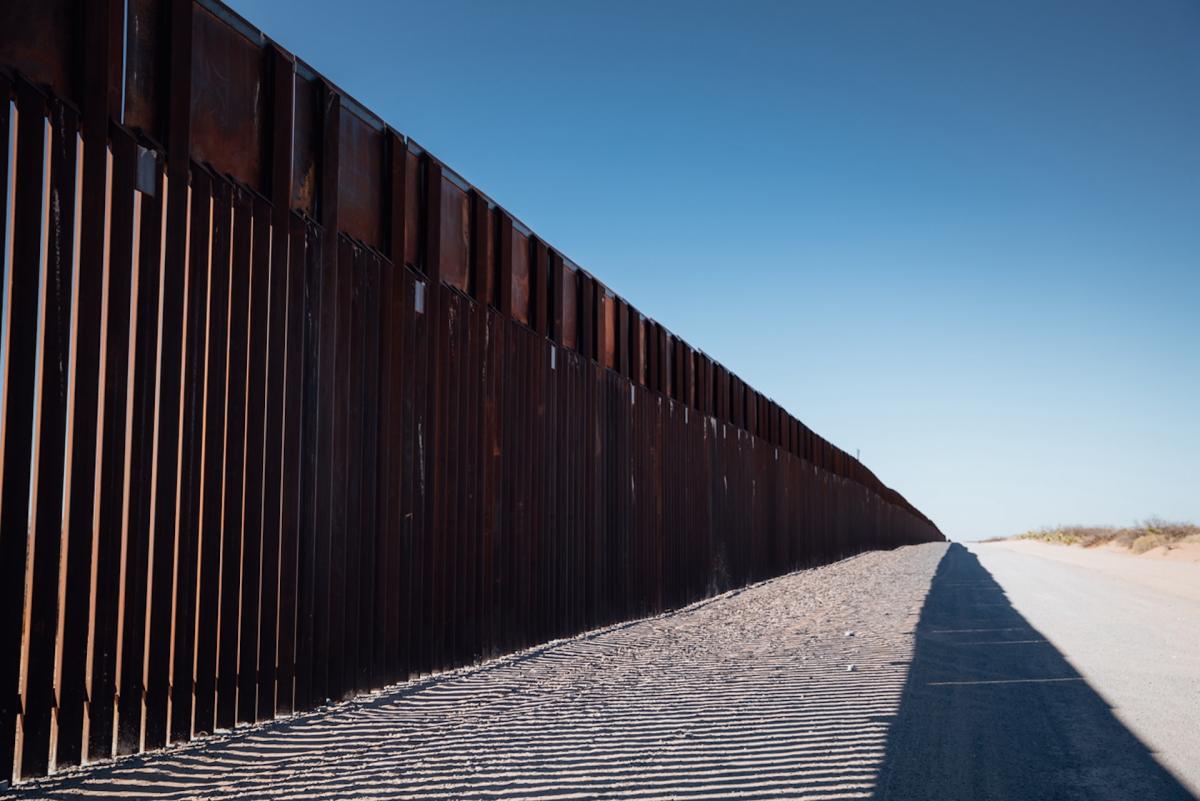Over 100 frogs, snakes, spiders, and more burned alive last summer after raging wildfires swept through southern Texas, according to the Guardian.
These creatures likely could have escaped if not obstructed by a long stretch of concrete border wall.
What happened?
According to a statement from the U.S. Fish and Wildlife Service and cited by myRGV.com, the fire on Aug. 10 was believed to have been started by a human.
“Firefighters responding to the scene determined that the fire impacted an area approximately 960 acres in size,” the statement read.
While the concrete border wall is believed to have stopped the fire from spreading into the city of Granjeno, as Hidalgo County Fire Marshal Homero Garza told myRGV.com, it is also believed to have kept over 100 animals from escaping, according to the Guardian.
The animals killed included frogs (most likely native Rio Grande leopard frogs), cane toads, shrews, tarantula spiders, a yellow-billed cuckoo, a groove-billed ani cuckoo, and several snakes, including Mexican racers, checkered garters, and Texas patch-nosed serpents, the Guardian reported.
Why is this concerning?
As rising global temperatures trigger more extreme weather events like drought and wildfires — which recently led to a North American squirrel species becoming endangered — barriers that block animals’ ability to flee to safety can further threaten local ecosystems.
Constructing walls, fences, and barriers along animal migration paths severs access to food, water, and mates for local wildlife. It also traps animals during disasters like floods or fires. As climate impacts intensify, survival could hinge on the ability to escape quickly.
“This horrifying account of animals being burnt alive while trapped by the border wall is just the latest proof that border barriers are deathtraps for wildlife,” said Laiken Jordahl, conservation advocate with the Center for Biological Diversity, to the Guardian.
“We are fearful that this will only become a more common story as climate change progresses,” Jordahl added.
What can be done about it?
One way to respond to such incidents is to call on elected representatives to safeguard wildlife protections like the Endangered Species Act along the border.
Avoiding habits and products that exacerbate rising temperatures and their effects — like meat and dairy and single-use plastics — can help, as can conserving water and growing native plants to ease drought conditions.
Transforming daily habits creates ripples of change. Together, our choices can reshape the future.
Join our free newsletter for cool news and cool tips that make it easy to help yourself while helping the planet.
